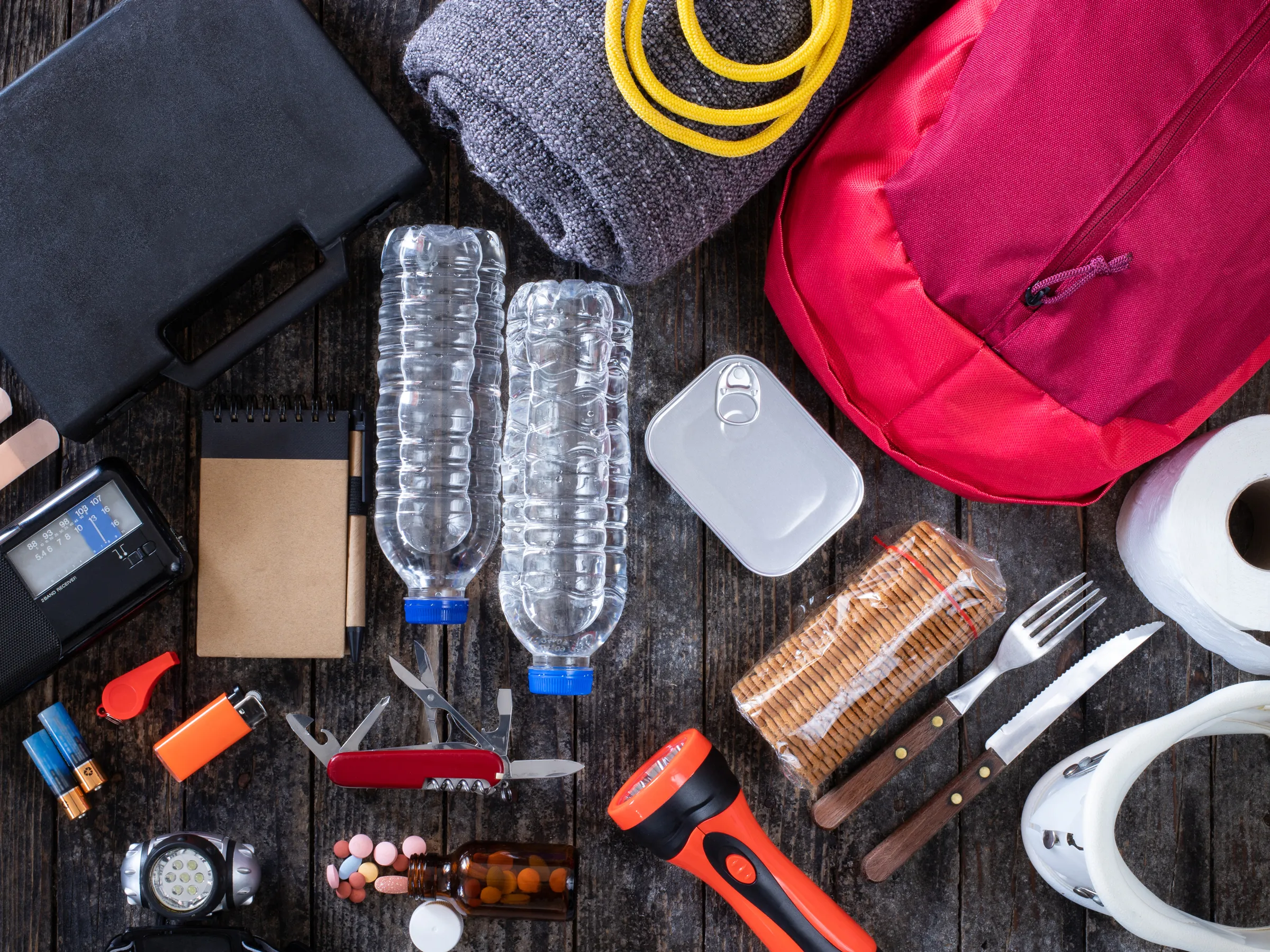Emergency Preparedness: Are You Ready?

In today’s unpredictable world, emergencies can strike without warning, disrupting our daily lives and putting our safety at risk. Whether it’s a natural disaster, a power outage, or a medical emergency, being prepared can make all the difference. Here’s a comprehensive guide to help you get started on your journey to emergency preparedness.
1. Understand the Risks
Different regions face different types of emergencies. Understanding the specific risks in your area is the first step towards preparedness. Are you in a flood-prone area? Do you live near a fault line? Is your region susceptible to hurricanes or tornadoes? Research and take note of the most likely scenarios you might encounter.
2. Create an Emergency Plan
An emergency plan is a critical component of preparedness. Here’s how to create one:
• Communication Plan: Ensure everyone in your household knows how to contact each other during an emergency. Establish an out-of-town contact person everyone can reach out to.
• Evacuation Plan: Know your evacuation routes and designate a meeting spot outside your home and neighborhood.
• Shelter-in-Place Plan: Identify safe rooms in your home where you can stay during certain emergencies, like a storm or chemical spill.
3. Build an Emergency Kit
Your emergency kit should contain essentials to sustain you and your family for at least 72 hours. Here’s what to include:
• Water: One gallon per person per day.
• Food: Non-perishable items like canned goods, protein bars, and dried fruits.
• First Aid Kit: Bandages, antiseptics, prescription medications, and other medical supplies.
• Tools and Supplies: Flashlights, batteries, multi-tool, manual can opener, and duct tape.
• Personal Items: Important documents, cash, keys, and personal hygiene items.
• Clothing and Bedding: Extra clothes, sturdy shoes, and blankets.
4. Stay Informed
During an emergency, having accurate and up-to-date information is crucial. Here’s how to stay informed:
• Weather Alerts: Subscribe to local weather alerts and download weather apps on your phone.
• Emergency Broadcasts: Have a battery-powered or hand-crank radio to receive emergency broadcasts.
• Community Resources: Familiarize yourself with local emergency services and shelters.
5. Practice Regularly
Emergency preparedness isn’t a one-time task—it requires regular practice. Conduct drills with your family to ensure everyone knows what to do and can act quickly and confidently. Review and update your emergency plan and kit at least once a year.
6. Get Involved
Community resilience is just as important as individual preparedness. Join local emergency preparedness groups or volunteer with organizations like the Red Cross. Sharing knowledge and resources can strengthen your community’s ability to withstand emergencies.
Conclusion
Emergency preparedness is about hope and confidence—not fear. By taking these proactive steps, you can ensure that you and your loved ones are ready to face any emergency with resilience and assurance. Start today and build a safer tomorrow.
